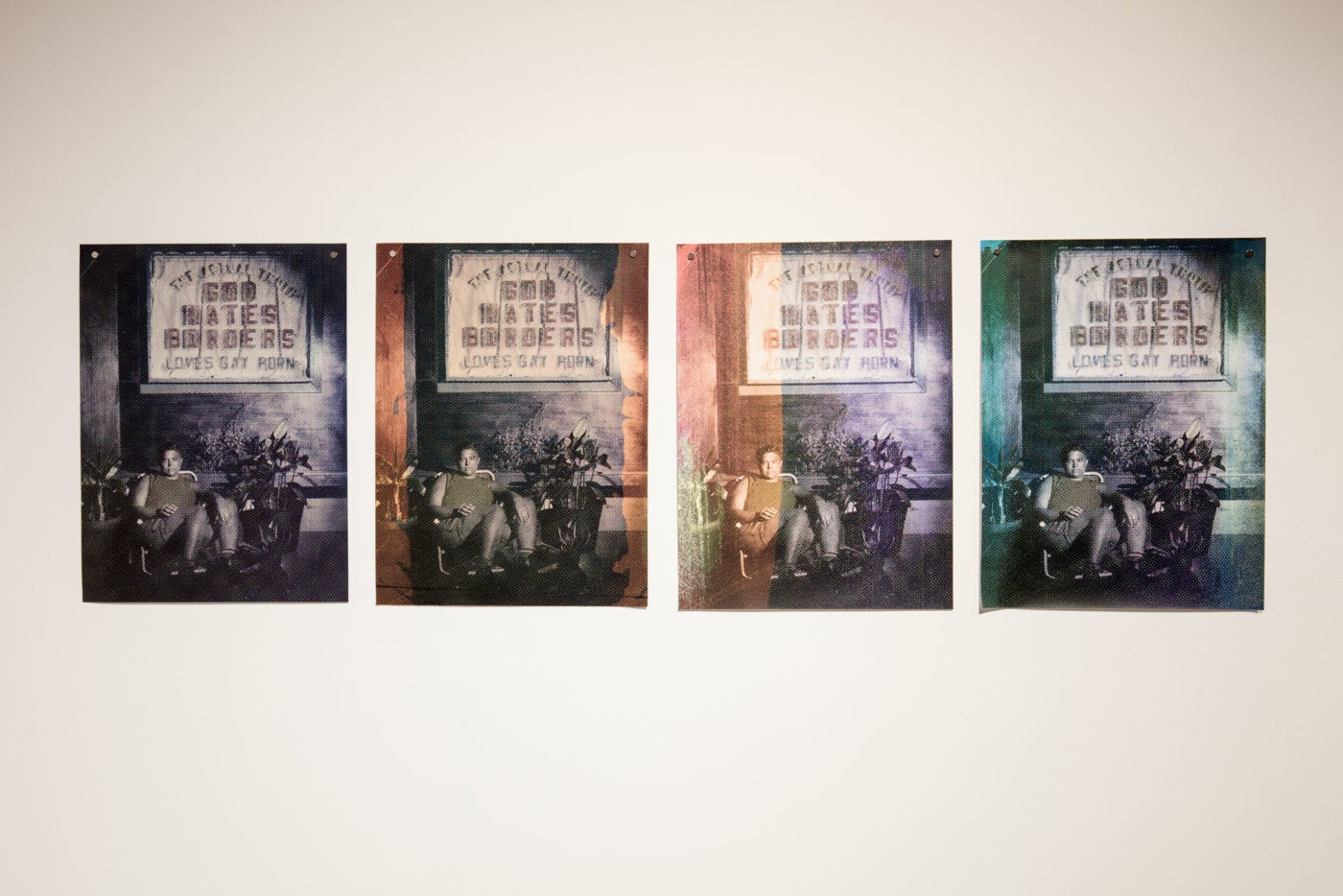In our feature Take Five, Burnaway highlights the work of five compelling artists living in the South. For a special edition of Take Five originally published in Laws of Salvage: The 2020 Burnaway Reader, we asked five curators around the region to briefly profile an artist who captured their attention this year. One of these curators’ picks will be featured on our website each day this week.

We are living in dangerous times. The dense network of challenges that have interrupted and displaced our lives this year will remain in our bodies and habits for some time. I’ve spent much of my quarantine experience thinking about the value and utility of art and its institutions amid a complete social collapse, watching as record-breaking numbers of Americans suffer from food precarity, homelessness, unemployment, and lack of healthcare in the middle of a pandemic. The erosion of social services and support networks in the United States since the Reagan administration has now delivered a full-blown hellscape where collective relief efforts for our country’s most vulnerable continue to be threatened. With the death of Justice Ruth Bader Ginsberg and subsequent confirmation of Justice Amy Coney Barrett, the legal future of access to safe abortions across the country has been called into question.
In light of all of this, I have kept the work of New Orleans-based multidisciplinary artist Meg Turner close to mind. I first saw her work at her solo presentation Here and Now at the Contemporary Arts Center New Orleans, which included over a hundred tintype portraits of artists, activists, and loved ones within Turner’s queer community alongside large-scale architectural installations reminiscent of roadside service stations and structures found in New Orleans’s Seventh Ward. While Turner’s tintypes celebrate the beauty of queer communities and portray a brand of utopian politics, the installations point to a possible future where everyone has the right to a life of dignity. What would our communities look like if they were built on a foundation of care, socioeconomic justice, and sex positivity? What would access to free birth control and Narcan look like? Why is it so hard to imagine a world where the most vulnerable are the most protected?
Turner’s recent installation for Art in a Time of Empathy at Arthur Roger Gallery in New Orleans offered an absurd and tragic reflection of structures of support during the COVID-19 pandemic. A small red-and-white ice cream cart carrying essential services and goods reimagined the nationalized crisis responses of the postwar era for our current pandemic nightmare, while a postcard stand filled with notes to mark the thousands of American lives lost to COVID sat nearby. Through her installations and environments, Turner opens up space for us to imagine and build a counterworld that holds all that capitalism has stolen from our hearts, bodies, and psyches.
Dr. Jordan Amirkhani is currently a Professorial Lecturer in Art History at American University in Washington, DC, and curator of the 2021 Atlanta Biennial.




